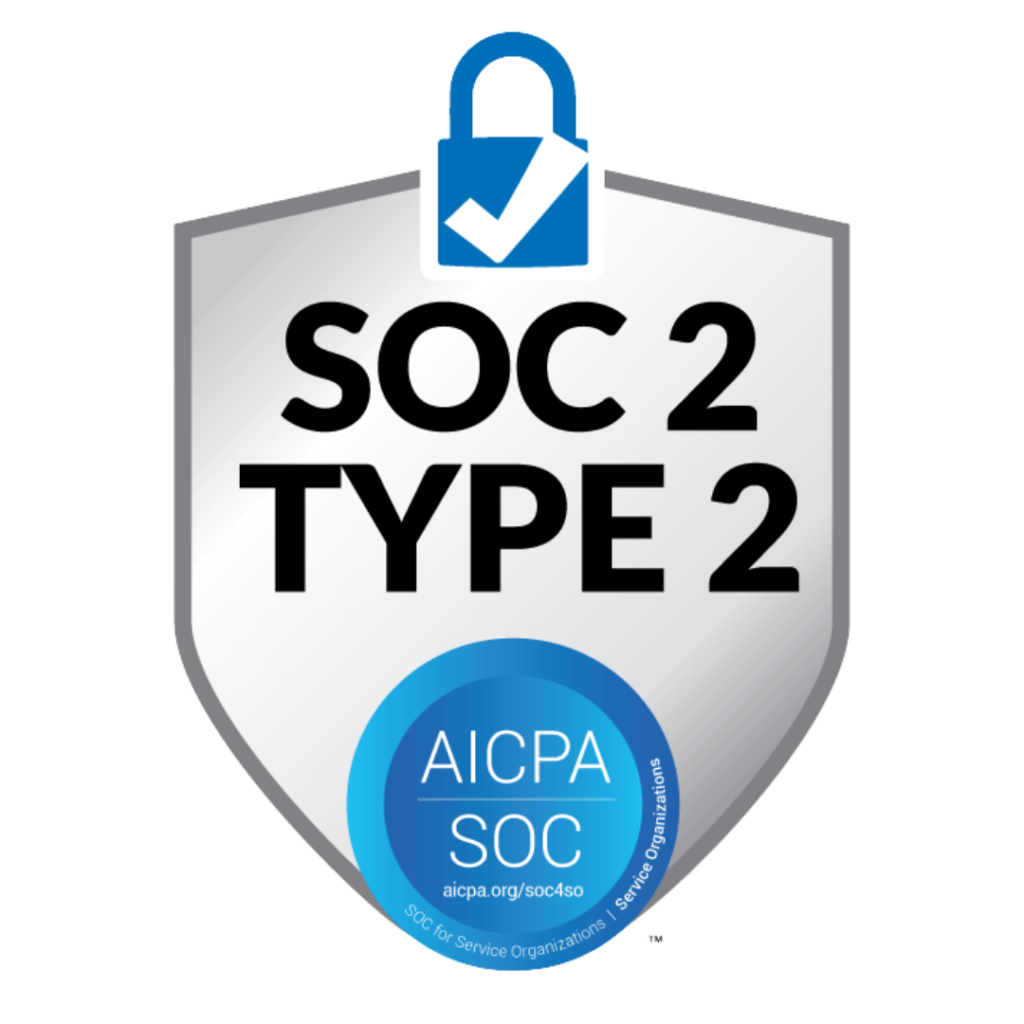The Art of Refreshing Receiver Branches for Success
The banking industry is constantly evolving, with institutions adapting to consumer needs, market dynamics, and technological advancements. As part of this ongoing transformation, financial institutions may need to make strategic decisions about closing a branch in a particular market.
When branch closures happen, there is usually a receiver branch. A receiver branch refers to a situation in which a bank or credit union closes one of its branches in a particular market and redirects all consumers and operations to another existing bank location. This consolidation of services aims to streamline operations, optimize resources, and ensure continued access to banking services for consumers in the affected market. The receiver branch serves as the primary point of contact for consumers who previously utilized the closed branch, providing them with the same range of services and support during the transition and beyond.
Closures are often met with concern from consumers and the community. This is why it’s essential for financial institutions to recognize the significance of refreshing the receiver branch and show that the closure is not a sign of weakness, but rather a strategic move to offer more. While increasing sales and cutting costs have always been the main competitive strategies for growing the bottom line, improving gross margins by increasing differentiation, is now becoming more important than ever and plays a key role in receiver branches.
These are the top motives for refreshing the receiver branch and establishing uniqueness when closing a branch office in a market:
Maintaining Consumer Trust
Closing a branch office can create uncertainty and anxiety among consumers who have come to rely on the convenience and accessibility of that branch. To maintain trust and confidence, it is vital for the bank to refresh the receiver branch by enhancing its appearance, services, and staff. A modernized, consumer-centric branch can help reassure existing consumers and attract new ones, showing that the financial institution is committed to the long-term success of that location. A well-kept and modern branch conveys an image of professionalism and credibility. Consumers are more likely to trust a financial institution that invests in maintaining a clean, modern, and aesthetically pleasing environment, as it reflects a commitment to quality, service, and the community.
Enhancing Consumer Service
Closing a branch can create an influx of consumers at the receiver branch. To manage this surge effectively, financial institutions should enhance the branch environment to provide improved consumer service processes and flow. While this might involve expanding operating hours, optimizing queue management, and training staff to handle increased traffic efficiently, it should also include creating an inviting, secure, and relaxed environment. Comfortable seating areas, well-lit spaces, updated flooring, casework, and wall coverings all go a long way in creating a welcoming environment for an enhanced consumer experience. Consumers are no longer only looking for a certain product or service, they also are looking for an in-store experience.
Meeting Evolving Consumer Needs
Consumer preferences are in constant flux, with change commonly driven by rapid technological advancements and shifting demographics. Refreshing the receiver branch allows the financial institution to align with these evolving needs. This includes implementing or upgrading digital marketing, providing self-service options, and creating a welcoming, tech-savvy environment. By adapting to the changing landscape, financial institutions can better serve their consumer base and remain relevant in the market.
Retaining Skilled Employees
When a branch office is closed, some employees may face relocation or job reassignment to the receiver branch. To retain valuable, experienced staff, it is important to create an attractive work environment. This not only includes providing opportunities for professional development, a positive work culture and incentives, but also providing a physically pleasing work atmosphere that promotes health and well-being. When employees feel comfortable and inspired by their surroundings, they are more likely to perform at their best, enjoy coming to work, and feel more content in their roles. A motivated and skilled workforce is vital for maintaining the financial institution’s service quality and reputation.
Revitalizing the Brand
Refreshing branding ensures cohesiveness and consistency in messaging, visuals, and the consumer experience. This consistency can lead to greater consumer trust because they know what to expect when they interact with any branch within the rebranded network.
When consumers see that a branch has been revitalized and rebranded, they will have more confidence in its stability and commitment to the market. It sends a message to the community that the branch is part of a stronger and more established entity. Appropriate and consistent branding also helps to gain a competitive edge within the market. It positions the branch to compete more effectively with other fi institutions and stay relevant in a rapidly evolving industry. A consumer is more loyal when there is a strong brand, making them more likely to purchase your products and services as the market continues to grow and become more competitive.
Your branch is the most visible and non-intrusive marketing tool you have. If you decide to close a branch in a market, it is imperative to recognize the importance of refreshing the receiver branch. This strategic move helps maintain consumer trust, enhance the consumer experience, adapt to changing needs, retain skilled employees, and revitalize the corporate brand. By taking these steps, financial institutions can minimize the negative impact of branch closures and ensure that their presence in the market remains strong and relevant. Your branches should tell the story of your brand, if you don’t tell the story, the consumer will!
About the Author
Kevin Poirot joined PWCampbell in 1998. In his role as Executive Vice President of the Branded Environments division, Kevin oversees all business operations and strategies for branding, environmental graphics, merchandising and digital marketing products and services for the financial industry.
Need More Information?

This Industry Insight was written by




